Ferranti Effect in transmission line
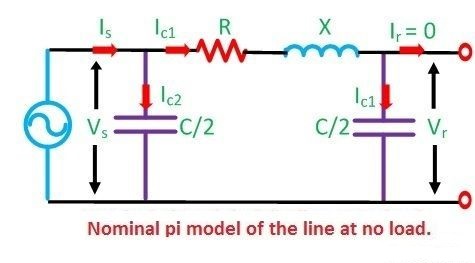
Table of Contents
Ferranti Effect in transmission line
What is ferranti effect
The Ferranti effect is when the voltage at the receiving end of a transmission line is greater than the voltage at the sending end. Such an effect is typically caused by an open circuit or a light load at the receiving end. The charging current of the line is what causes the Ferranti effect. The current that enters the capacitor when an alternating voltage is applied is referred to as the charging current. Capacitive current is another name for a charging current. When the line’s receiving end voltage is higher than its sending end, the charging current in the line rises.
Why Ferranti effect occurs?
The primary parameters of lines with a length of 240 km or more are capacitance and inductance. The capacitance is not concentrated at specific locations on such transmission lines. It is evenly dispersed along the entire length of the line. The current drawn by the line’s capacitance when the voltage is applied at the sending end is greater than the current drawn by the load. As a result, compared to the constant voltage at the sending end, the voltage at the receiving end is quite high at no load or a light load.
Detail explanation of the Ferranti effect by considering a nominal pi (π) model:
Let us consider the long transmission line in which OE represents the receiving end voltage; OH represent the current through the capacitor at the receiving end. The phasor FE represents the voltage drop across the resistance R. The voltage drop across the X (inductance). The phasor OG represents the sending end voltage under a no-load condition.

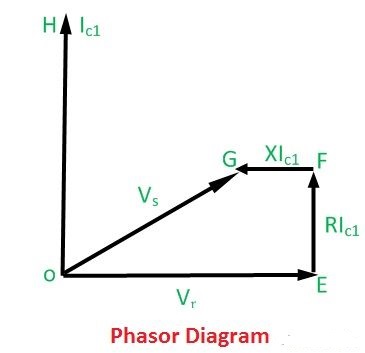
It is seen from phasor diagram that OE > OG. In other words, the voltage at the receiving end is greater than the voltage at the sending end when the line is at no load.
For a nominal pi (π) model

At no load, Ir = 0
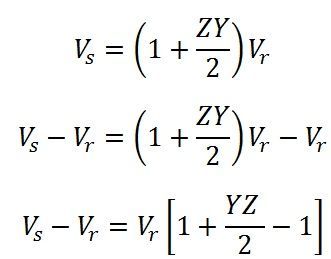
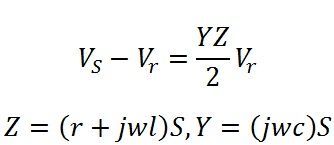
If the resistance of the line is neglected,
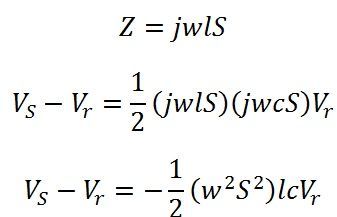
For overhead lines, 1/√lc = velocity of propagation of electromagnetic waves on the transmission lines = 3×10^8m/s.
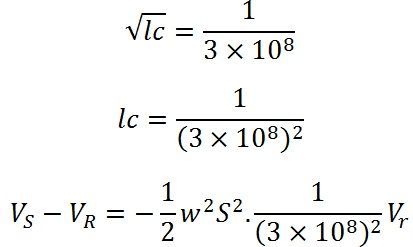
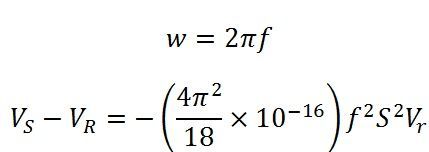
Above equation shows that (VS-Vr ) is negative. That is Vr>VS. This equation also shows that Ferranti effect also depends on frequency and the electrical length of the lines.
In general, for any line

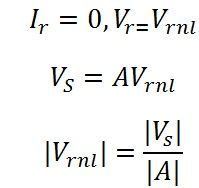
During no load A is less than unity for a long line, and it gets smaller as the line lengthens. As a result, Vrnl > Vs, which means that the voltage at no load is greater than Vs. The rise in voltage at the receiving end with no load becomes more pronounced as the length of the line increases.
How to reduce Ferranti effect:
Electrical equipment is made to function at a specific voltage. High voltage causes the equipment’s windings to burn and cause damage if it is present at the user ends. The receiving end voltage is raised by the Ferranti effect on long gearbox lines when there is little or no load. Placing the shunt reactors at the lines’ receiving end will allow you to control the voltage. To counteract the capacitive current from transmission lines,. A shunt reactor is an inductive current element connected between the line and the neutral. Shunt reactors compensate for the capacitive VAr of the lines when this effect occurs in lengthy transmission lines, keeping the voltage within the set parameters.